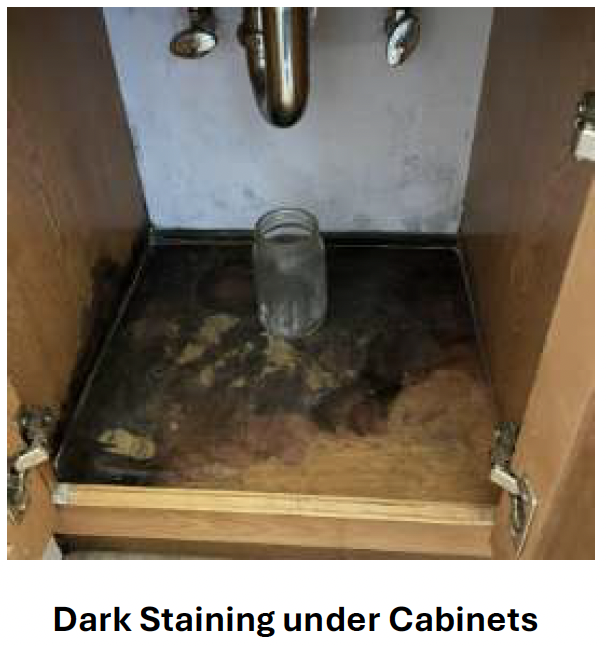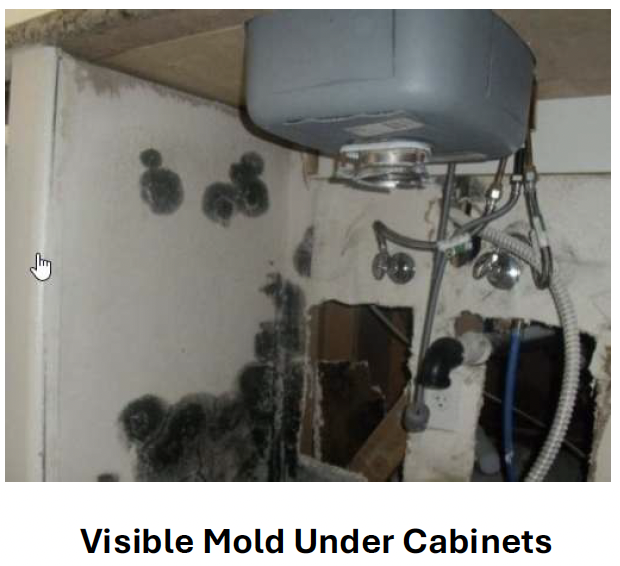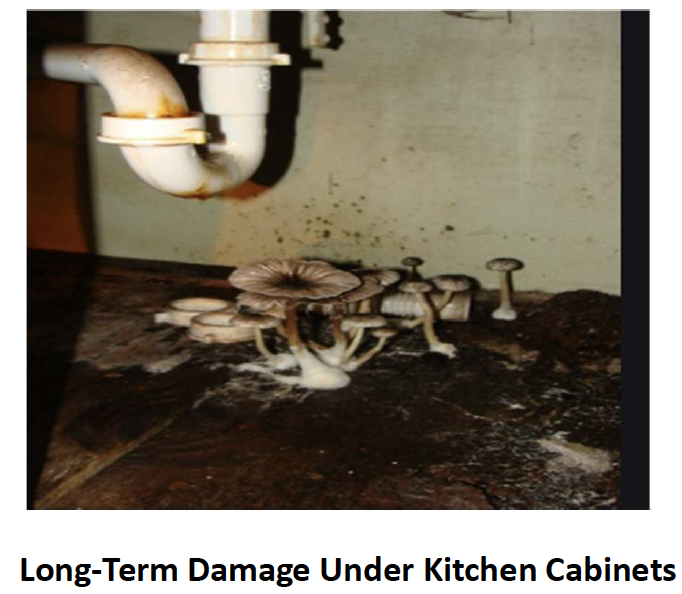Term Damage, Continuous Seepage, Rot?

Term Damage, Continuous Seepage, Rot?


Meet Ed
Instructor Ed Jones has over 30 years of experience in theindustry, has the title of MasterWater Restorer, is an Institute ofInspection Cleaning andRestoration Certification (IICRC)-approved instructor, and hasserved on the S500-2021consensus body committee todevelop the most recent standard.
Insurance carriers typically have no problem covering sudden and accidental discharge, eruption overflow or release of water.
Where the coverage determination becomes more diicult is when there is water damage that might have occurred over a period of time from any constant or repeating gradual or slow seepage, leakage, trickle, collection, infiltration or overflow of water for that might be construed as long-term damage and NOT be covered. Sometimes, the new damage may be mixed with old damage so this can get complicated. Remember, we, nor our vendors, should talk to the insured about whether the claim is covered or not, that is the adjuster’s job! We provide good photos and observations to help the adjuster make the call!
It is important we and our vendors thoroughly investigate during the initial inspection of the loss location and take good videos and photos of any dark staining on wood, corrosion, rust, visible microbial growth or aected material deterioration that might indicate that the water damage has been going on for a while. We need to GUIDE the technician to look for potential long-term damage! See following tips on what to look for and how to provide good documentation to the adjuster:
1. Always check under kitchen and laundry room cabinets or bathroom vanities to look for visible mold or dark staining on wood materials that might be a sign of long-term damage. Open toe kicks to obtain photos of types of cabinet (particleboard/MDF vs. plywood core) and to look for potential long-term damages. Ask for photos of moisture meters from penetrating moisture meters to confirm materials are wet.
2. Rust or corrosion on water pipes might be an indicator of ongoing water issues. Ask for good photos showing ALL potential
long-term damages! You need to ASK the technician specifically about dark staining, corrosion, rust, mold or material deterioration (crumbling, splitting, cracking, swelling or just falling apart)!
3. Did the damage come from this water loss occurrence or could it have been pre-existing?
4. Carpet tack strip – You will have to ask the technician to look under the wet carpet around the edges to examine wet tack strip underneath for there could be evidence of rust around pins or nails even after only 1-2 days. The tack strip will darken the longer it remains wet or is exposed to a series of
wet/dry cycles. *See photos below
from Nehrig & Moon report below
**Remember visible mold may begin to show up on wood or drywall paper after a week or so of remaining significantly wet









